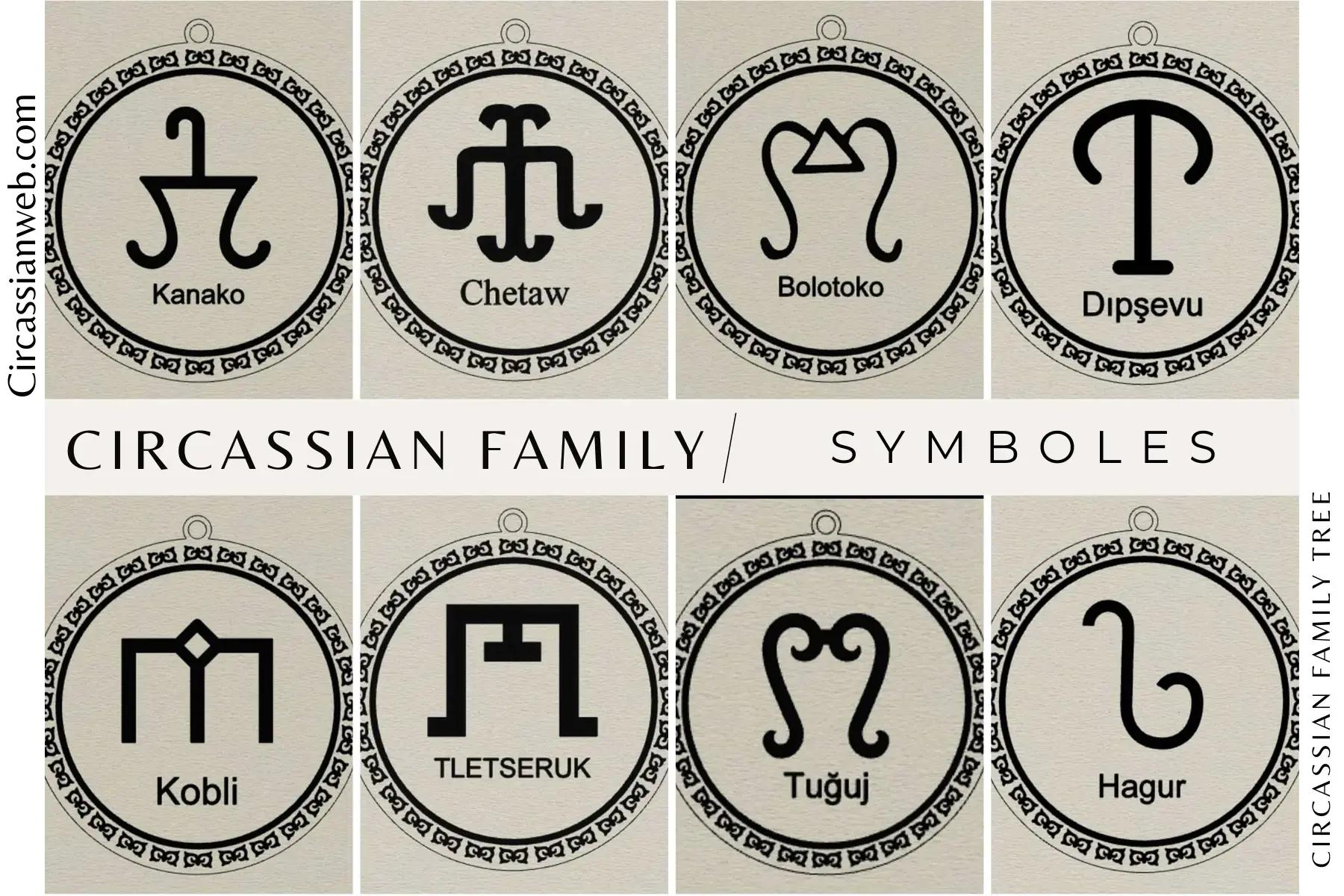Unity and Heritage: The Story of the Circassian Flag
The Circassian flag is a national and cultural symbol celebrated on Circassian Flag Day, April 25th. Its design features a green background with twelve gold stars forming a bow and three crossed arrows at the center, symbolizing unity and defense. The flag is not only significant to the Republic of Adyghea but also to Circassians globally, representing their cultural and spiritual unity.
David Urquhart, a British diplomat, is traditionally credited with the flag's creation in 1836 when he sent three flags to Circassia, symbolizing independence with a design of a white circle and three black arrows. However, this narrative oversimplifies the complex dynamics and roles played by others, notably Seferbiy Zaneqo, a key Circassian national movement figure who facilitated Urquhart's brief visit to Circassia in 1834.
Seferbiy Zaneqo's involvement was significant in the flag’s introduction to Circassia, a symbol of Circassian identity and sovereignty. The flag’s design connects to the heraldic traditions of the region, tracing back to the banner of Kuchuk Dzhankhotov, a senior prince of Kabarda, which featured similar elements of crossed arrows and stars.
Today, the Circassian flag symbolizes more than a regional emblem; it stands for freedom, unity, and pride. Celebrated with processions and cultural festivities, it represents the resilience and rich heritage of the Circassian people. Circassian Flag Day is an occasion to reflect on the community's ongoing struggle for recognition and self-determination. For more on the flag’s history and significance, the interview with historian Samir Khotqo on abkhazworld.com provides deeper insights into its ties to Circassian national identity.






















